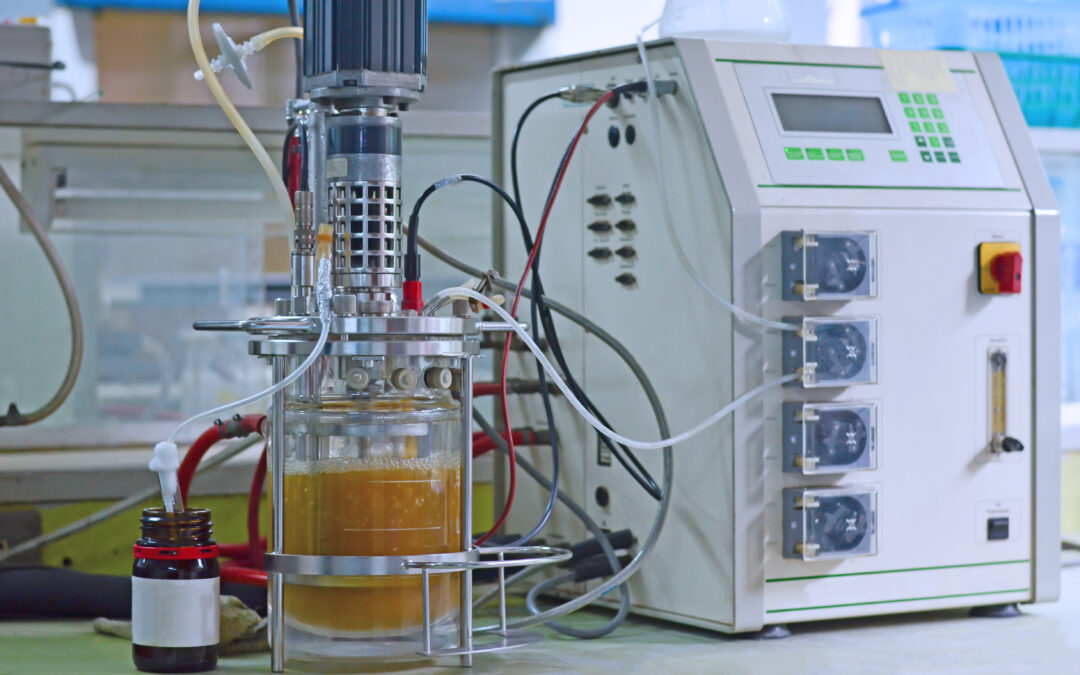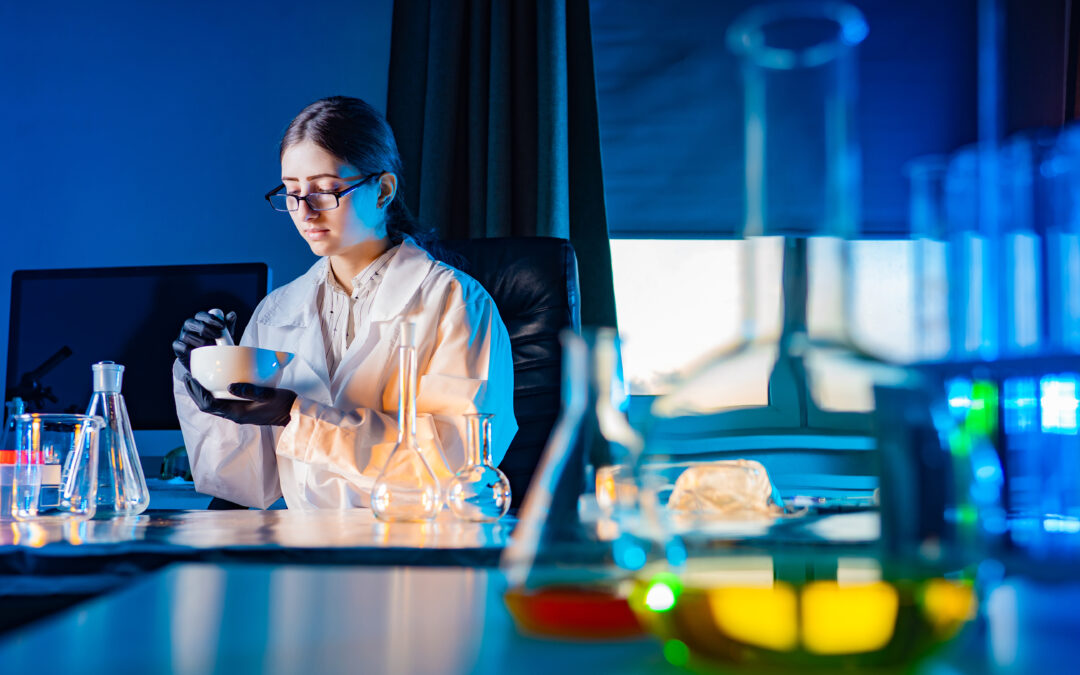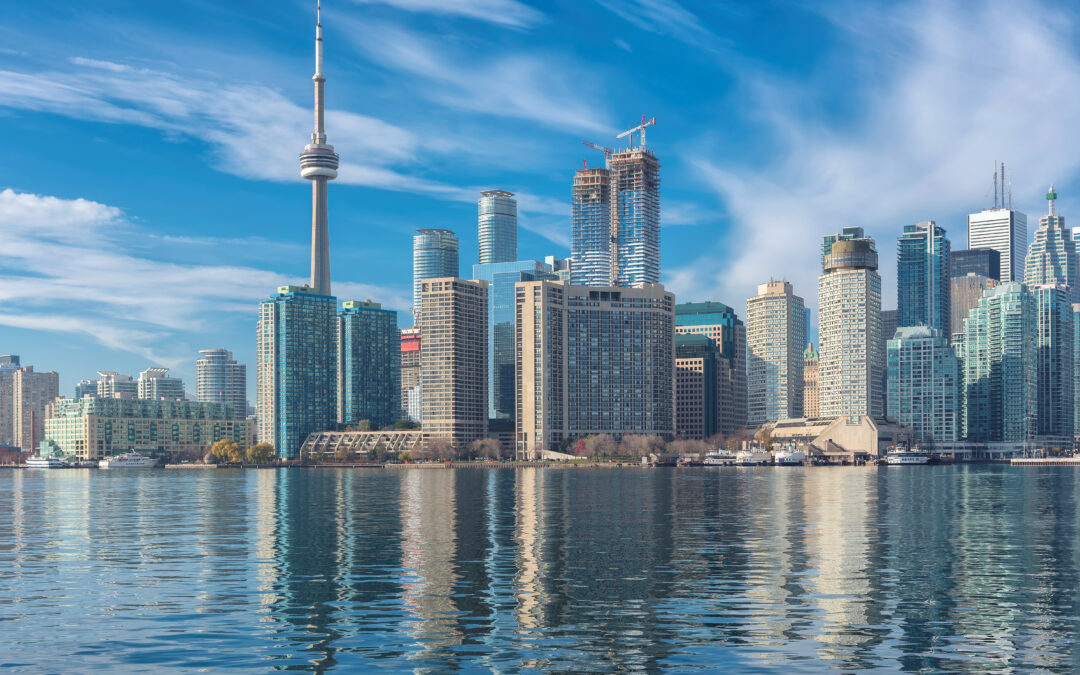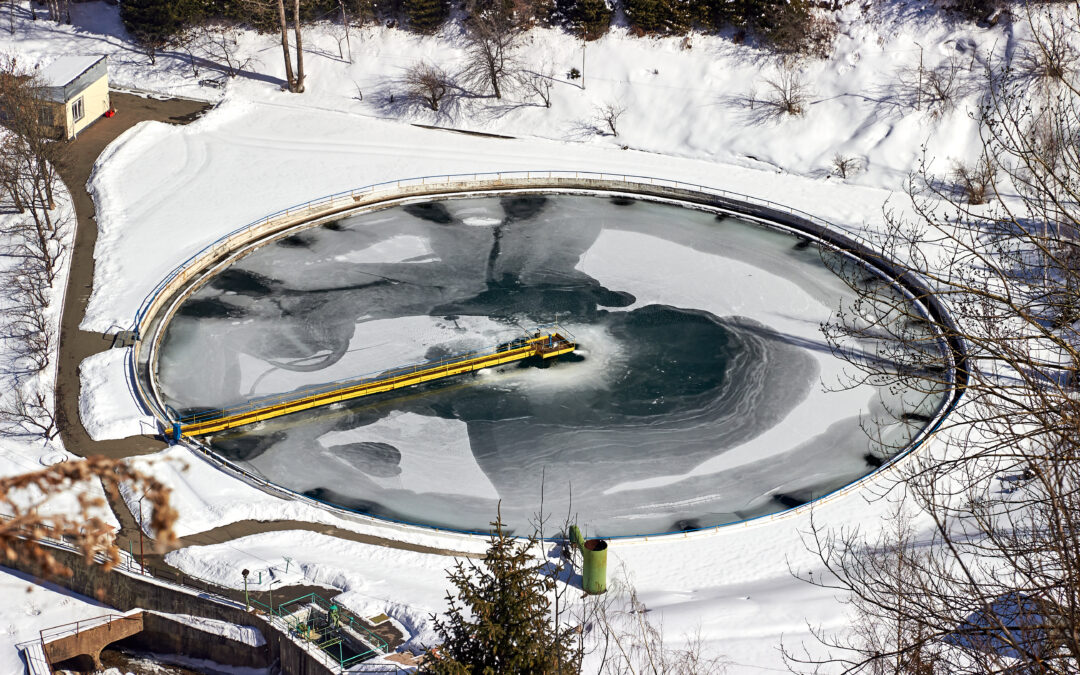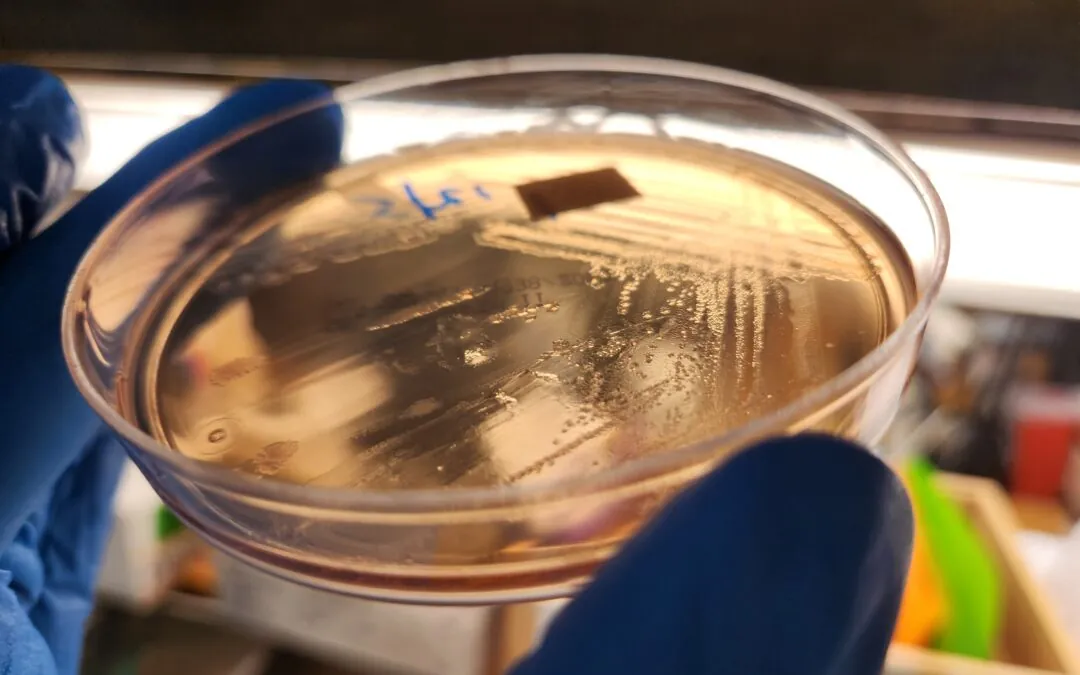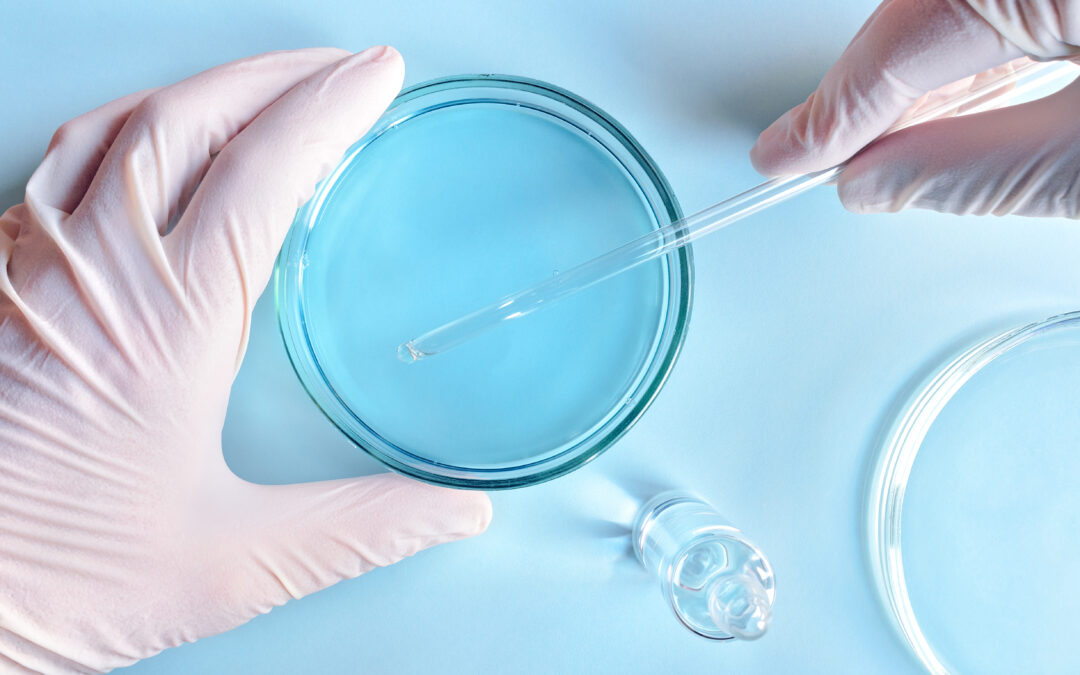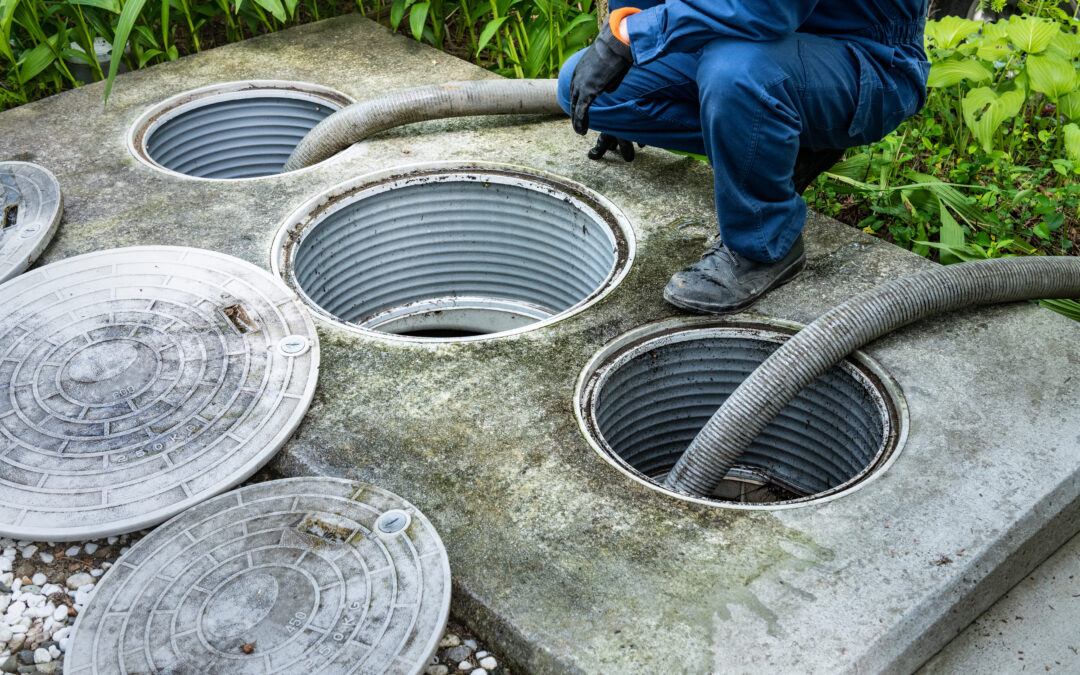No matter the application, treating wastewater is often like solving an intricate puzzle. Getting all the pieces to fit together takes the right combination of knowledge, experience, and having cold, hard data by your side.
To keep it simple, we’ve outlined THREE ways our technical support team can help you (and your customers) succeed in your next wastewater treatment application:
Is this the Right Opportunity?
Don’t waste your time! Make sure you start by asking questions and taking system survey measurements based on the type of system you’re looking to treat. Once you have a clear picture of the environment, you’ll know if you have an opportunity that’s a good fit.
Our technical support team at MDG makes it easy to gather these measurements upfront with industry-specific programs. We make sure you’ll know the right questions to ask in different scenarios, so beyond gathering technical data, you’re looking at the monetary values around how a facility is currently operating (i.e.: chemical usage, hauling costs, physical removal, etc.). All of this information will help you demonstrate the full financial impact of bringing in bioaugmentation.
Creating a Successful Treatment Plan
Once you’ve found an opportunity where bioaugmentation can be the hero, you’ll need to gather measurements for WHERE, WHEN, and HOW to best treat. Even the best product can fail if one of these three is out-of-step. This information coupled with the general knowledge of how a product works and interacts within a specific system, like a lagoon, will allow you to look at it as a whole and formulate a successful treatment plan.
Our team goes above and beyond to educate our customers, knowing a lagoon for sludge will have different dosing concentrations, feed points, and frequency than a sewer line. Understanding each system and their challenges alters product application and increases the value of success you’ll bring with bioaugmentation.
Proving Success (Solution-Based and ROI)
Sometimes you’ll run into instances where treatment success is obvious. But there will also be plenty of times when you’ll need data to demonstrate ROI. To avoid abandoning a solution that’s working well, and to ensure you have an impressed repeat customer on your hands, always take measurements before and after treatment.
Make sure to record:
- physical measurements (ex: gas monitoring, sludge reduction, decreased FOG accumulation, etc.)
- sensory measurements (ex: surface area observations, odor complaints, etc.)
We Are Here For You!
Without asking the right questions, measuring, and gathering data, you’re playing a game of chance. Our Technical Service team has made it our mission to ensure the success of our wastewater treatment products. In fact, a cornerstone of our Biotifx® treatment programs includes fieldwork with our customers to provide hands-on training for collecting this data.
CONTACT US TODAY if you’d like to learn more about how we can help you with our bioaugmentation expertise.

